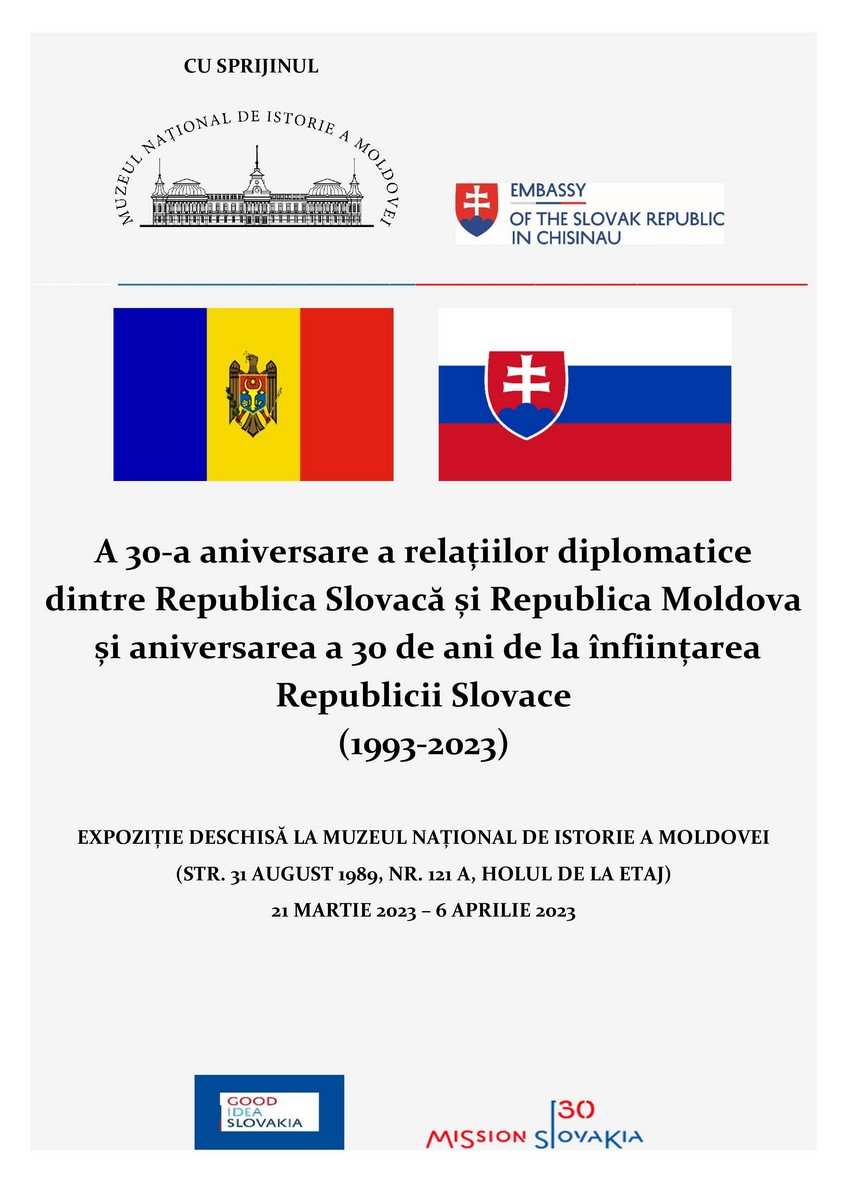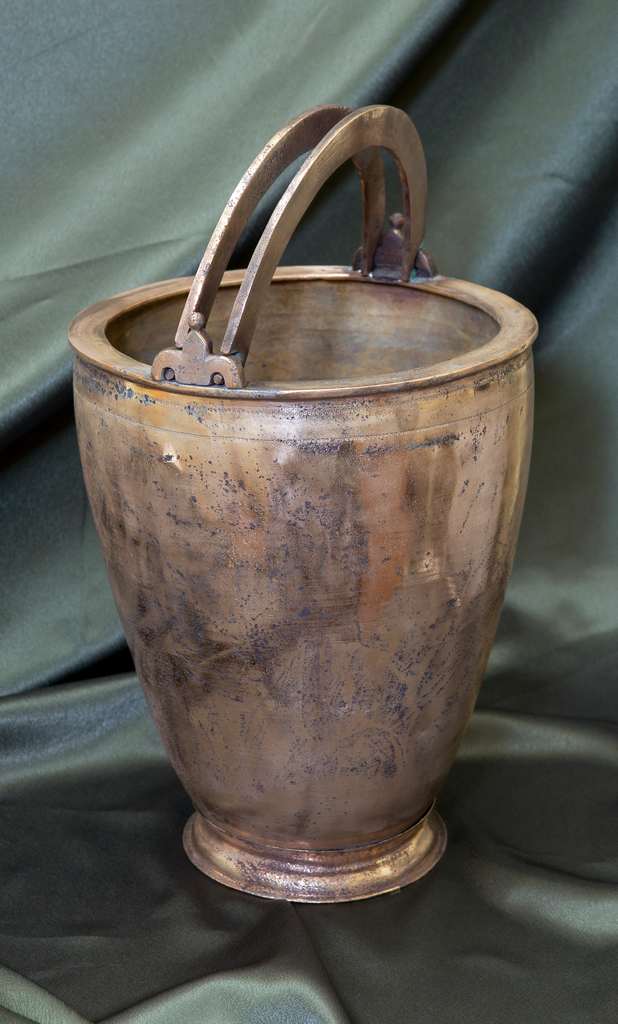 The photo-exhibition marks the 30th anniversary of diplomatic relations between the Slovak Republic and the Republic of Moldova. It present main chapters and events of the bilateral relations between Slovakia and Moldova, the long-standing friendship and fruitful cooperation between the two countries.
The photo-exhibition marks the 30th anniversary of diplomatic relations between the Slovak Republic and the Republic of Moldova. It present main chapters and events of the bilateral relations between Slovakia and Moldova, the long-standing friendship and fruitful cooperation between the two countries.
Over the past 30 years, Slovakia and Moldova have built strong relationship of regular political dialogue, economic, trade, development cooperation, cultural and university exchanges as well some of the official and working visits have been made at the level of the Presidents, Prime Ministers and Ministers of Foreign Affairs. The display includes some unique photographs that demonstrate strong and long-standing relationship between Slovakia and Moldova. It shows a timeline of the history of bilateral relations, including key events, official visits, and development projects and other related activities. Visitors will be able to learn about the historical events that shaped the relationship between the two countries, including signing of the first bilateral agreements and about the establishment of the Slovak Embassy in Chisinau.
The integral part of the photo-exhibition are the panels introducing the successful story of Slovakia (1993 - 2023) marking the 30th anniversary of the establishment of the Slovak Republic. They are focused on the country's rich history and cultural heritage, as well as its achievements in political, economic and social development over the past three decades including the country´s Euro-Atlantic integration.
The exhibition features a range of photographs offering visitors a glimpse into the nation's journey after the split of former Czechoslovakia to its present status as a prosperous and responsible independent nation - Slovak Republic.
The photo-exhibition on the occasion of the 30th Anniversary of the diplomatic relations between the Slovak Republic and the Republic of Moldova and the 30th Anniversary of the establishment of the Slovak Republic (1993-2023) can be visited between March 21 - April 6, 2023, in the upstairs hall of the National Museum of History of Moldova, 31 August 1989 street, 121A.

















































